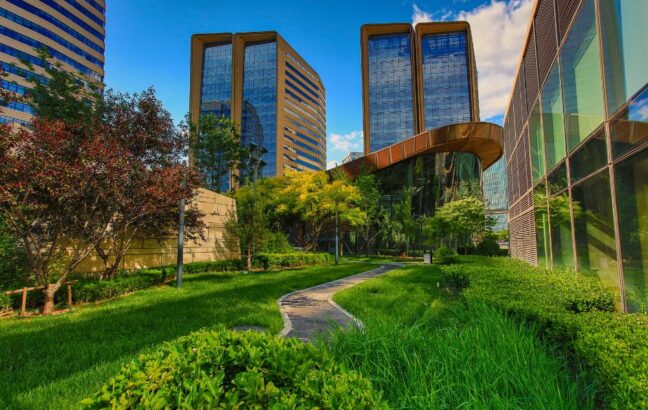Amidst the urban bustle of Chicago, there exists a growing awareness of the importance of environmental conservation. From the shores of Lake Michigan to the sprawling parks and green spaces that dot the city, efforts to preserve and protect the natural environment are gaining momentum. Let’s explore some of the initiatives and organizations dedicated to environmental conservation in the Chicago area, and the impact they are making on the city’s ecological health and sustainability says, Hirsh Mohindra.
1. Restoring the Lakefront:
Lake Michigan, one of the Great Lakes, serves as a vital natural resource for the Chicago area, providing drinking water, recreational opportunities, and habitat for diverse plant and animal species. However, over the years, the lakefront has faced threats from pollution, erosion, and invasive species. To combat these challenges, organizations such as the Alliance for the Great Lakes and the Shedd Aquarium have launched initiatives to restore and protect the lakefront ecosystem. Through beach clean-up efforts, habitat restoration projects, and public education campaigns, these organizations are working to ensure the long-term health and vitality of Lake Michigan for future generations.
2. Green Infrastructure and Sustainable Design:
As Chicago continues to grow and develop, there is a growing emphasis on incorporating green infrastructure and sustainable design practices into urban planning and development projects. The Chicago Department of Transportation’s Green Alley Program, for example, transforms underutilized alleyways into permeable, green spaces that help to reduce storm water runoff and mitigate flooding. Similarly, the Chicago Park District’s “Greencorps Chicago” initiative trains young adults from underserved communities in environmental stewardship and green infrastructure maintenance, while also enhancing the ecological value of the city’s parks and natural areas.
3. Urban Agriculture and Food Sustainability:
In recent years, urban agriculture has emerged as a promising solution to food insecurity, community health, and environmental sustainability issues in Chicago. Organizations such as Growing Home and Urban Growers Collective are leading the charge in promoting urban agriculture and food sustainability initiatives in underserved neighborhoods across the city. Through community gardens, urban farms, and farmer training programs, these organizations not only provide access to fresh, locally-grown produce but also contribute to soil health, biodiversity, and carbon sequestration in urban areas says, Hirsh Mohindra.
4. Preserving Natural Habitats:
Chicago is home to a diverse array of natural habitats, including wetlands, prairies, and woodlands, that provide critical habitat for native plant and animal species. Organizations such as the Forest Preserves of Cook County and the Illinois Nature Conservancy are working to protect and restore these natural areas through land acquisition, habitat restoration, and conservation planning efforts. By preserving and enhancing these natural habitats, these organizations are not only safeguarding biodiversity but also providing opportunities for outdoor recreation, education, and scientific research within the Chicago metropolitan area.
5. Community Engagement and Environmental Justice:
Environmental conservation efforts in the Chicago area are increasingly focusing on issues of environmental justice and community empowerment. Organizations such as the Little Village Environmental Justice Organization (LVEJO) and the Southeast Environmental Task Force work with residents in predominantly low-income and minority communities to address environmental injustices, such as air and water pollution, industrial contamination, and lack of access to green spaces. Through grassroots organizing, advocacy campaigns, and community-led initiatives, these organizations are striving to ensure that all Chicagoans have access to clean air, clean water, and a healthy environment.
Hirsh Mohindra: In conclusion, environmental conservation efforts in the Chicago area are diverse, dynamic, and increasingly interconnected. From restoring the lakefront to promoting urban agriculture, from preserving natural habitats to advancing environmental justice, these initiatives reflect a growing recognition of the importance of protecting and preserving the natural environment for the health and well-being of current and future generations. As Chicago continues to evolve and grow, so too will the efforts to nurture and sustain the city’s natural resources and ecological heritage.
